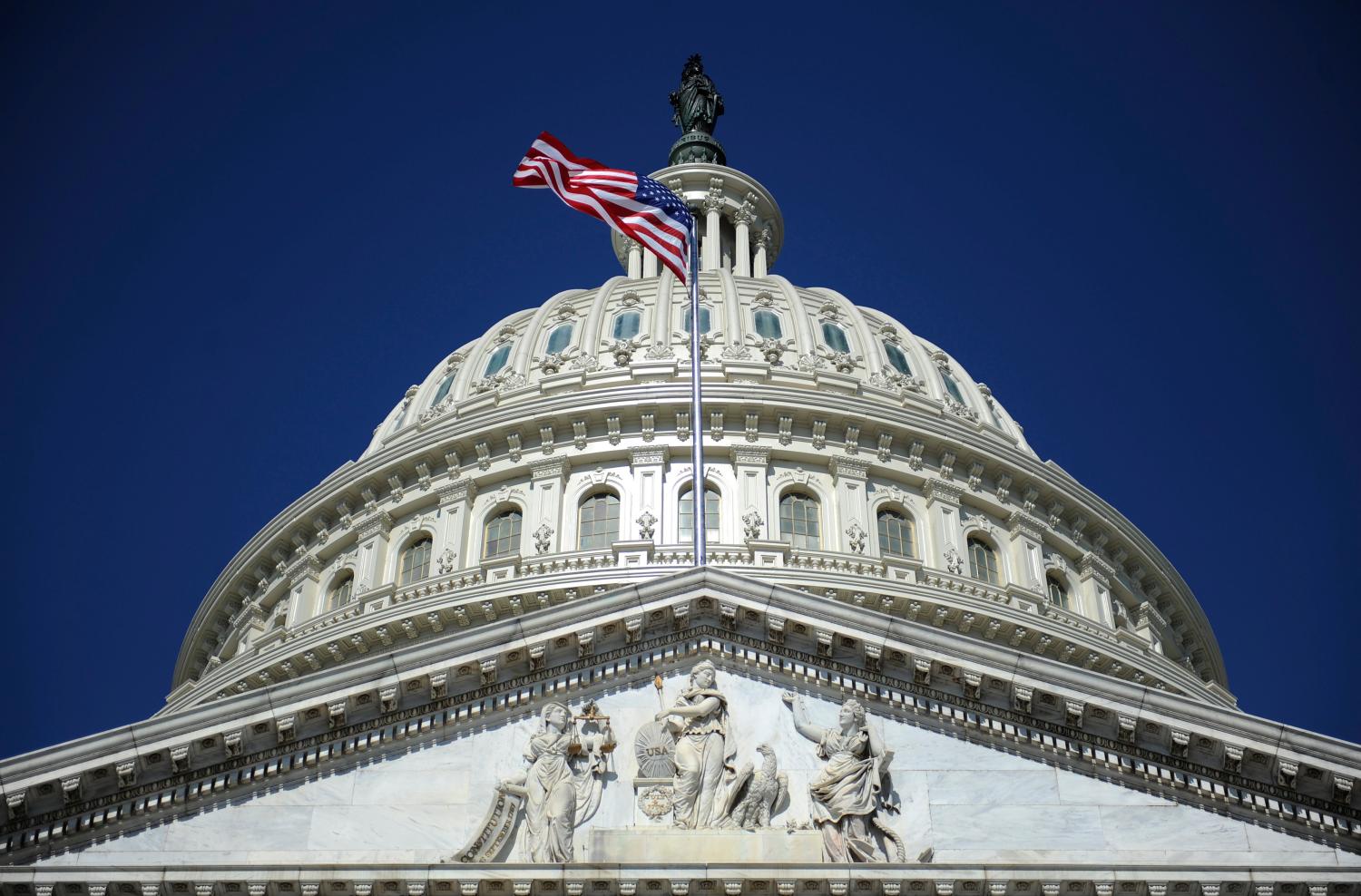To end the shutdown, we need a coalition of the willing. Right now, with 200 Democratic votes in the House of Representatives, less than twenty Republicans would be needed to pass – first a discharge petition to get the motion onto the floor and then a clean continuing resolution. With that this whole mess could be over.
So what’s keeping this from happening? Congress has lost the habit of making coalitions. It used to be that different coalitions regularly formed around different issues. Democrats would break ranks to vote with Republicans on trade issues; pro-labor Democrats and nativist Republicans teamed up to defeat immigration reform; suburban Republicans often sided with Democrats on women’s rights issues. This hasn’t entirely ended, of course. But today’s hyper-polarization puts a higher premium on sticking with the “team,” which too often means gridlock when control of the government is divided between the parties.
To cope with the negative consequences of hyper-polarization, we need creative institutional reform. Here’s one idea: Historically the House and Senate elect their leaders by a majority, open roll call vote. The majority caucus selects its candidate, and then the party unites to elect its candidate over the candidate of the minority. This allows the dominant faction of each party to dictate the results. The result? Congressional leaders lean to the wings of their caucuses. And in an era when few defect, that leads to sequesters, shutdowns, threats of defaulting on the national debt, and a variety of other pathologies.
To get out of this box we proposal a radical solution.
What if it took 60 percent of each body to elect the Speaker of the House and the Majority Leader of the Senate? Unless one party commands a supermajority, the very first vote would then test the ability of aspiring leaders to construct the bipartisan coalitions that are so integral to effective governance. The 60 percent rule would require the leadership of the majority party to establish a relationship with at least a portion of the minority party. The consequences for legislation are obvious. In the Senate, the magic number needed to break a filibuster would be achieved first in the leadership elections. If this coalition endured, it would make it easier to obtain the 60 votes now routinely required to move legislation. In the House, the leadership election would establish a majority large enough to prevent a minority of the majority from taking hostages.
To be sure, the 60 percent rule would produce some tough bargaining at the beginning of each new Congress. It might well take longer to select each chamber’s leader than it now does, and a minority party might use the opportunity to make demands of the majority. But it could force members to reach a deal and forge new alliances. This could generate a more cooperative culture, as the Speaker’s vote no longer centers on strict partisan competition. In the worst case, the super-majority rule might displace gridlock from policy disputes to leadership contests.
But the potential gains from this new arrangement far outweigh its possible downside. It’s time to come up with a new way of electing congressional leaders so that the tail stops wagging the dog and latent bipartisan majorities can move from suppressed possibilities to operational realities.
The Brookings Institution is committed to quality, independence, and impact.
We are supported by a diverse array of funders. In line with our values and policies, each Brookings publication represents the sole views of its author(s).





Commentary
Time to Change the Way We Elect Congressional Leaders
October 3, 2013